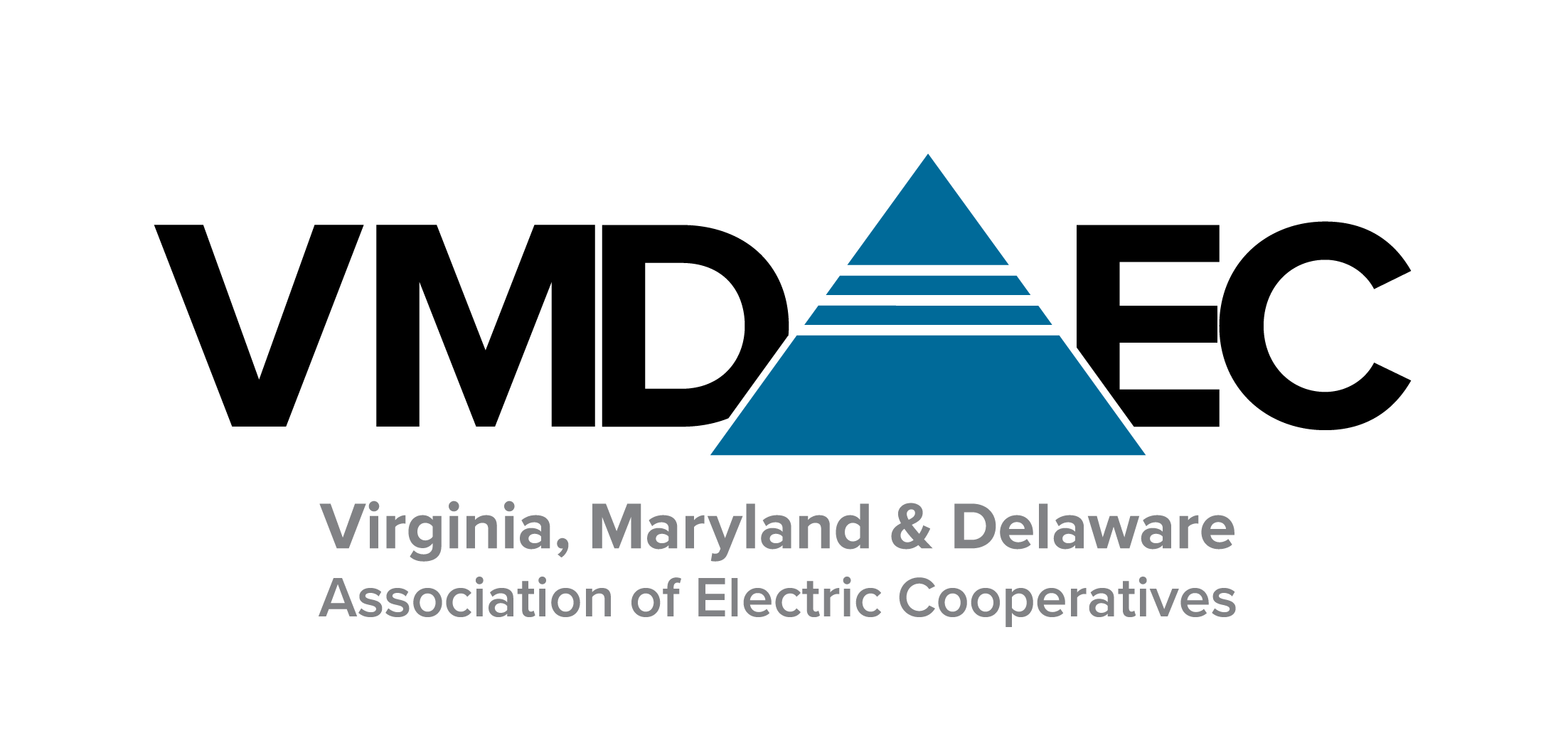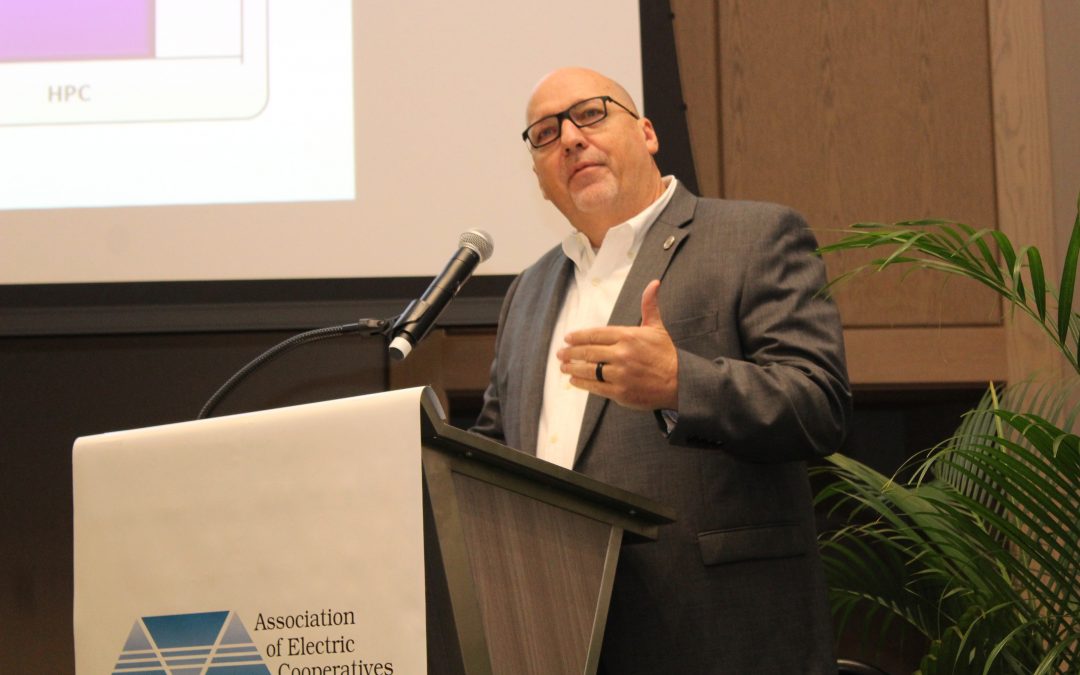Safety first was the message as Corey Parr, Vice President of Safety & Loss Prevention for the Federated Rural Electric Insurance Exchange and a Certified Loss Control Professional) relayed the Culture of Safety Strategy Lab Overview results for electric cooperatives in Virginia, Maryland and Delaware.
The study, discussed July 26 as part of the 77th annual meeting of the Virginia, Maryland & Delaware Association of Electric Cooperatives, compared 2020 safety results with 2013 safety results among high-performing co-ops.
Parr has worked in the electric cooperative industry since 1984. He spent the first 16 years in operations before moving into the safety and training role in 2000. Parr is noted for having a passion for employee and public safety and says he is honored to serve the electric cooperative family as a Federated TEAM member since 2008.
According to Parr, the Safety Strategy Lab Overview sessions were conducted both in-person and remotely. Twenty safety topics were reviewed with 51 participants, 13 safety directors, 12 lineworkers, 13 operations managers and 13 general managers.
“We had great participation,” Parr said. “For the first-person sessions, we came to Palmyra, Va., [to the co-op training center] and set up there. We asked them to rate the most important aspects of safety because safety is one of those things that is hard to measure.”
Parr said that the primary areas in which safety performance has improved since 2013 were the following:
• Management involvement
• Safety committee
• Better job briefings
• Crew visits
• Identify reasons safety incidences and violations continue to occur
• Complacency
• Lack of focus
According to OSHA metrics, in 2020, nine of 15 association cooperatives recordable incident rates were lower than the industry average. In addition, seven of 15 days away, restriction and transfer rates were lower than the industry average, Seven of 15 lost workdays rates were lower than the industry average and eight of the 15 had severity rates lower than the industry average.
According to the lineworkers who participated in the survey, the lineworker and his or her family have the greatest degree of influence over working safely.
“We are our brother’s keeper,” said Parr. “Throughout the co-op, whether working storms or normal work, the proper resources are provided, and we look out for each other with mandatory safety meetings, continuous education and a lot of communication. Everyone in our organization knows that safety is our highest priority and, most, respect it accordingly…our employees have taken ownership of our program and hold each other accountable.
Above photo: Safety expert Corey Parr discusses safety and loss prevention at the VMDAEC annual meeting. (Photo By: Steven Johnson)


